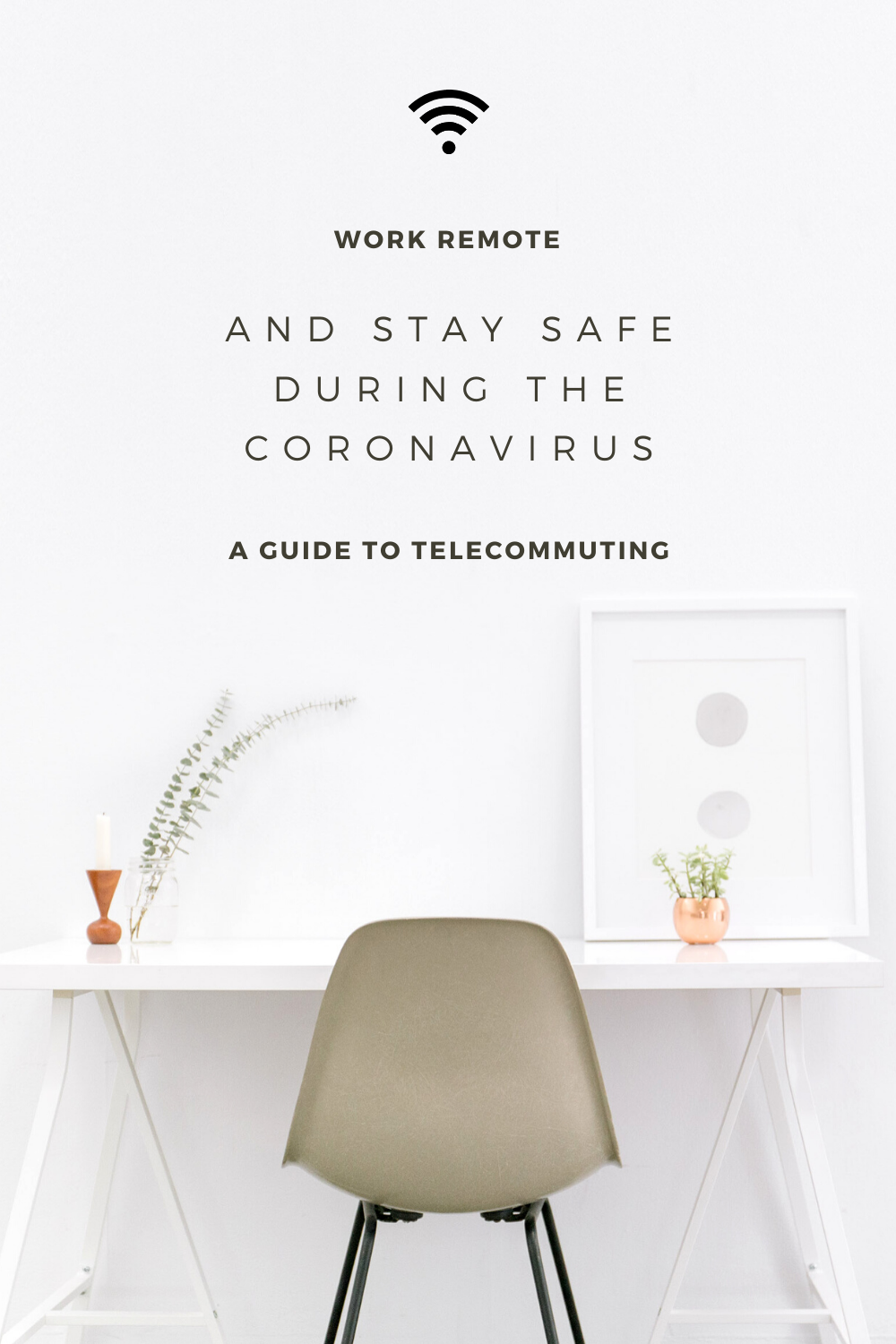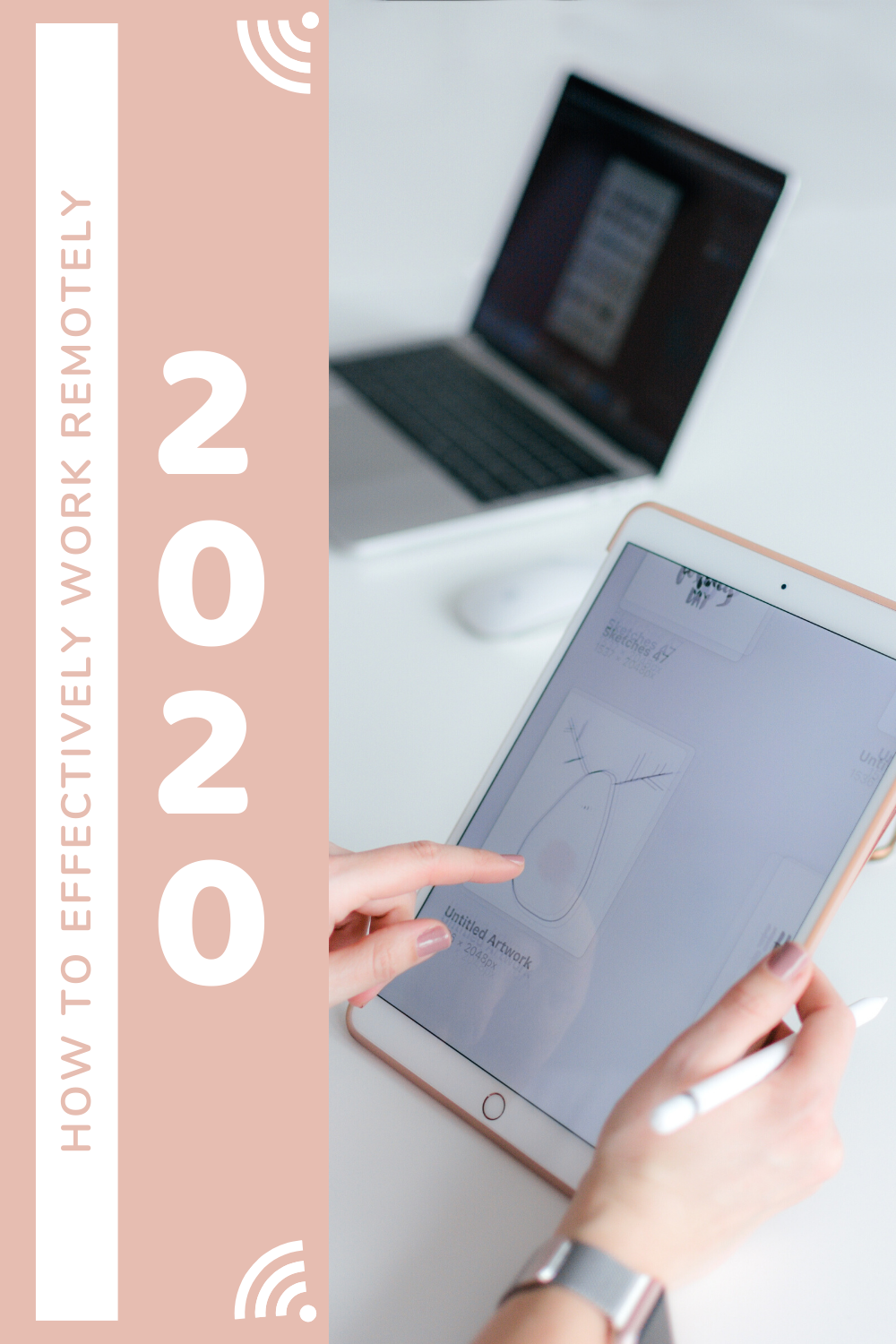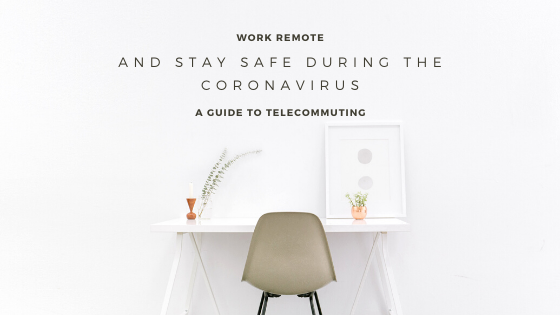 Although working remotely is not a new concept, the rapid spread of COVID-19 has forced employers to adapt and plan for a telecommuting future. For many of these companies who are unprepared to move to virtual offices, the rapid transition and pressure to adapt have left them scrambling. However, contrary to popular belief, working from home can increase productivity and allow businesses to continue to thrive throughout this transitional period.
Although working remotely is not a new concept, the rapid spread of COVID-19 has forced employers to adapt and plan for a telecommuting future. For many of these companies who are unprepared to move to virtual offices, the rapid transition and pressure to adapt have left them scrambling. However, contrary to popular belief, working from home can increase productivity and allow businesses to continue to thrive throughout this transitional period.
Companies, like Send it Rising, have been working from home since the beginning. In fact, I haven’t worked in an office for over two years. Transitioning to a telecommuting lifestyle is an adjustment, but can be done with ease when following a few essential steps:
1. Have Daily Meetings
Applications like Zoom and Skype make hosting virtual meetings easy & effective and allow offices to stay in communication, even when they are apart. Hosting a daily meeting between departments or staff will help keep the team on task and productivity flowing.
2. Set Up a Workspace
We don’t all have home offices. Whether it’s setting up a desk in the corner of your living room or taking over the kitchen table temporarily, give yourself a designated space. This helps settle you into a working schedule and can help keep notes, papers, and other work documents organized.
3. Communicate Often
Because the simple “stroll to your coworkers’ desk and ask a question” is no longer a viable option, communication is vital when working remotely. Need to discuss a project? Skype a coworker and talk it out. Looking to update your boss? Send them a list of completed tasks at the end of the day.
4. Figure Out What Helps Your Productivity
Test out different methods of what helps get you into your work groove. For some, it’s turning up their favorite playlist. Others love to tune into the latest trendy podcast. Whatever it is, find it and embrace it. In the comforts of your home, you get to decide exactly what kind of office environment makes you thrive.
5. Take Breaks
Working from home is a change of pace, and it might take a few days to figure out what schedule works best. However, always remember to take breaks and do things to refresh your mind. Whether it’s 20 minutes of yoga or two chapters in your latest book, it’s good to let your mind breathe and often ends up increasing creativity and productivity.
6. Track Your Tasks
Telecommuting comes with a certain responsibility of making sure your work is getting done, without someone necessarily reminding you about it. In order to stay on track, it’s vital that you track your tasks and have organized deadlines. Managers can set up task management tools, such as Trello and Dubsado, that are easy to use and integrates the entire team into one simple dashboard.
If you are an owner or manager, make sure to define your company culture and what you want that to look like in a remote setting. In the initial transition phase, allow for open discussion and how to improve the remote work experience. No one gets it perfect the first time.
For employees, be open with your coworkers & managers about how you are feeling or questions you have. Chances are, someone else is feeling the same way.
8. Let Employees Know Expectations
There are a lot of questions regarding what is right/wrong when transitioning to remote work. Again, communication is key at the beginning of this phase, and it’s vital you guide employees to ease their  minds. Do you want them to work specific hours? Do you expect them to track time? How often are they expected to meet? Defining these expectations upfront will eliminate confusion in the future.
minds. Do you want them to work specific hours? Do you expect them to track time? How often are they expected to meet? Defining these expectations upfront will eliminate confusion in the future.
In a time of uncertainty and transition surrounding the coronavirus pandemic, working remote is a light that could prove beneficial for many companies. An Airtasker survey found that, on average, remote employees worked “1.4 more days every month, or 16.8 more days every year” compared to in-office workers. And according to Inc., a two-year study showed an astounding productivity boost among the telecommuters equivalent to a full day’s work.
Take the opportunity to work from home as a test to the future. Because not only does it protect our employees, it reduces the overall impact on the environment, decreases rush-hour accident rates, and allows companies to invest less in office space and more on the future of their business.
Have Questions? A digital specialist is available now. Chat with an expert live on our website, or schedule a FREE consultation with one of our team experts below:











Leave A Comment